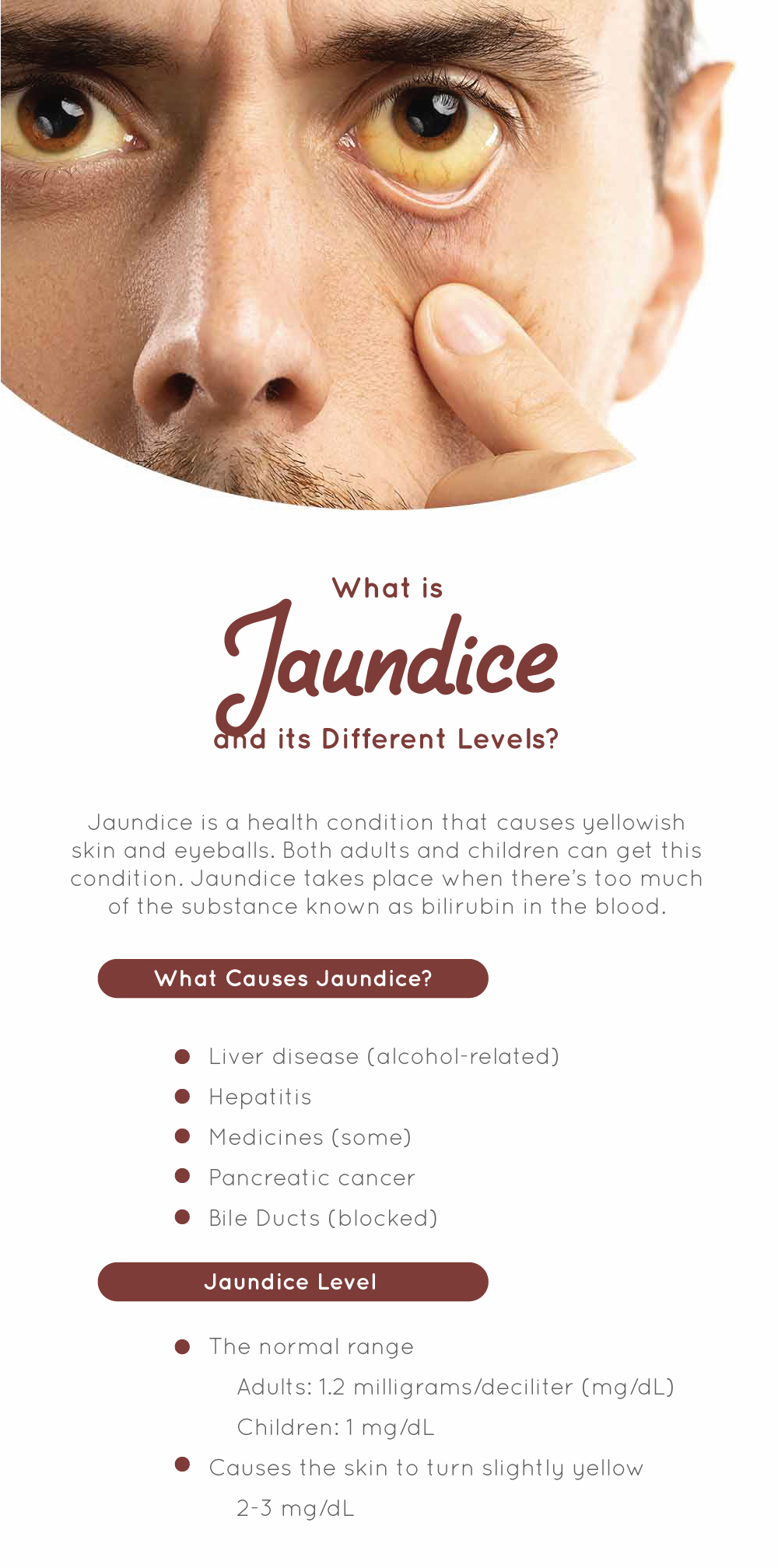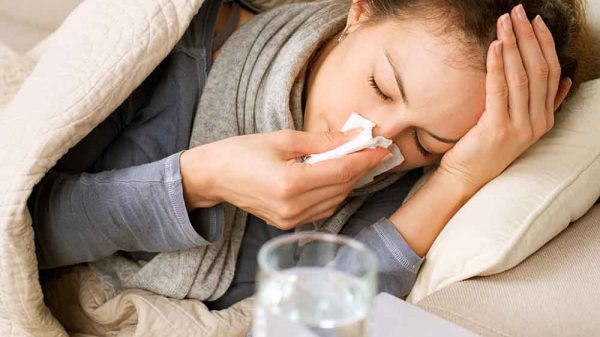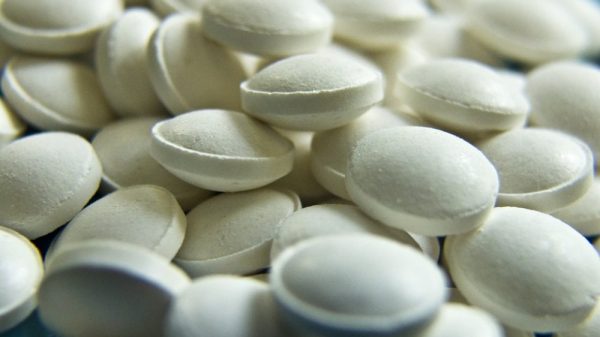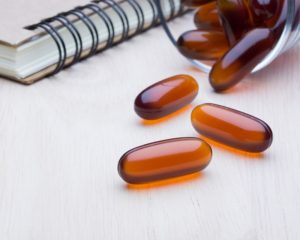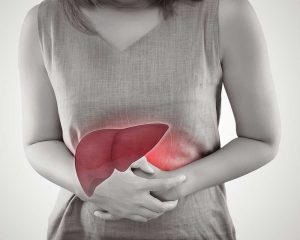Have you been experiencing yellowish skin and eyeballs? If so then you might have a condition known as jaundice. This is a relatively common condition and usually isn’t severe. However, it’s important to get tested if you think you have this condition. In many cases, the condition will go away within a few weeks. However, you should know factors like the symptoms, causes, and treatments of this particular condition as well as jaundice levels. this is related to the amount of a yellow/orange substance in the blood known as bilirubin. The problem is when there’s a fluid buildup that causes the yellowish organs. Your doctor can run tests to determine if you have this condition then prescribe medicines.
This condition can take place in people of any age but is most common among newborn babies. That’s because their liver is still developing. It will take some time until the liver starts functioning properly. Newborn jaundice can also involve factors like breastfeeding. in fact, it’s more common among breastfeeding newborns so if you’re opting to provide mother’s milk to your baby you should be aware of higher risks of jaundice. You’ll then know the symptoms that show your little one might have the condition.
What Is Jaundice All about?
This disease causes skin and eyeballs to appear yellow. Both adults and children can get this condition. However, it’s most common among babies and newborns in particular. That said, it’s also possible for teens and adults to experience the condition.
It’s critical to contact your doctor if you think you might be suffering from Jaundice. He/She can do an exam and order tests to determine whether or not that’s the case. There are other health conditions that can produce similar symptoms so you’ll want to know whether or not that’s the case.
What’s this condition all about? Jaundice takes place when there’s too much of the substance known as bilirubin in the blood. This substance is yellow/orange and located in the red blood cells. After the blood cells die then the liver organ removes it from the blood.
However, sometimes things go wrong. This results in the liver being unable to keep up and it causes the fluid to buildup. This can make your skin/eyeballs yellow. This condition is actually quite rare in adults but it’s still possible to get it due to various reasons.
Here are some of the main reasons adults get jaundice:
- Liver disease (alcohol-related)
- Hepatitis
- Medicines (some)
- Pancreatic cancer
- Bile Ducts (blocked)
Doctors can diagnose this condition by providing patients with a “bilirubin tests.” This measures how much of this particular substance found in your bloodstream. There are other liver tests including complete blood count (CBC). In case you have high levels of the yellow/orange fluid then you have jaundice.
When adults get this condition it’s not technically jaundice that gets treated. Instead, your physician will provide treatments for the jaundice-causing condition. In some cases, the conditions will go away when the liver starts healing.
In some cases, your doctor might recommend surgery. That includes treating a bile duct that’s blocked.
What Are the Different Jaundice Levels?
The bilirubin fluid is front and center when dealing with jaundice. So, it’s important to know about how high levels of the fluid can result in jaundice. This condition is actually more frequent within newborn infants. The reason is that it takes a while before young babies can process the fluid and get rid of it.
The normal range for blood bilirubin is:
- Adults: 1.2 milligrams/deciliter (mg/dL)
- Children: 1 mg/dL
When the fluid’s levels reach 2-3 mg/dL it usually causes the skin to turn slightly yellow. If you experience yellow skin/eyes, it’s important to contact your doctor immediately. This could be a sign that you have a major condition.
If you want to impress everyone you know then tell them a high bilirubin level is known as hyperbilirubinemia. This can result in the condition jaundice, which causes the skin/eyeballs to become yellow. This is due to the yellow/brown bilirubin located in the blood.
There are actually several causes for spikes in your blood’s bilirubin levels. in fact, they can happen before/during/after the body’s bilirubin production. This fluid is made when the body breaks down something known as red blood cells (RBC).
This process causes bilirubin to move to the body’s liver. The bile duct then stores it. After time the body gets rid of bilirubin within the waste. RBS can last about 4 months and keep making new RBS. They contain something known as hemoglobin that can help move oxygen throughout the body.
A certain protein moves bilirubin to a person’s liver. After the fluid gets to the person’s liver it can be absorbed by water. This means the body can get rid of it. this is a very complex process. What’s most important to know jaundice symptoms. Your doctor can order tests to determine whether or not you have the condition.
Top Foods/Drinks to Treat Jaundice
1. Digestive Enzymes
This might sound really complex but there are certain foods you can eat that are high in them. They include:
- Honey
- Mango
- Orange peels
- Papaya
- Pineapple
Orange peel might sound odd to eat but you can consume it as “zest” and other ways that make it easier to consume.
2. Veggies/Fruits
Remember the old saying “eat your veggies!” You should try to consume 2 cups of fruit/day and 2.5 cups of vegetables/day. This can provide several benefits besides reducing fluid buildup. They include vitamins, minerals, and fiber.
3. Fiber
Make sure to consume more fiber-=rich foods like whole grains, nuts, and berries. Another plus is fiber isn’t stored in the body so it helps to make foods lower-carb. Fiber can provide several health benefits including better digestion.
4. Mango/Papaya
These aren’t just tasty/healthy tropical fruits but can also help to improve your jaundice conditions. That’s because the fruits are high in digestive enzymes. These are critical like other nutrients including vitamins, minerals, and antioxidants. There are many ways you can enjoy these fruits like raw fruits or fresh juice.
5. Milk Thistle
This is a good option and can be consumed in different ways. For example, you can consume the seeds for snacks or drink some fresh tea with or between meals. Many people are less familiar with this plant but it’s definitely a good one for lowering bilirubin levels.
6. Water
Make sure you’re drinking at least 2 liters of water per day. This is the standard “8 glasses” you always hear about. It will help to rid your body of extra fluids. Other options include herbal tea and black coffee. If you want to get the best health benefits then up your water consumption to 3 liters per day for optimum anti-aging effects and reducing jaundice levels.
